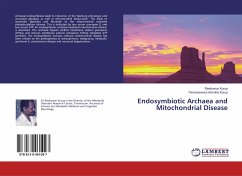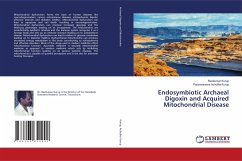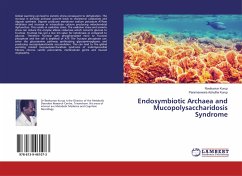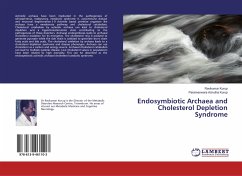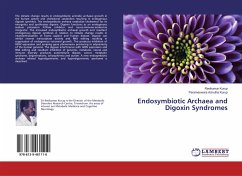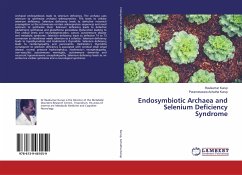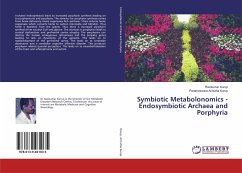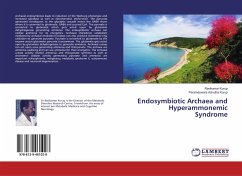Archaeal endosymbiosis leads to induction of the Warburg phenotype and increased glycolysis as well as mitochondrial dysfunction. This leads to anaerobic glycolysis and blockade of the mitochondrial oxidative phosphorylation scheme. This is indicated by low serum coenzyme Q and low serum ATP. An endosymbiotic archaeal mediated mitochondrial disease is described. The archaeal digoxin inhibits membrane sodium potassium ATPase and induces membrane sodium potassium ATPase mediated ATP synthesis. The endosymbiotic archaea induced mitochondrial disease has been related to the pathogenesis of schizophrenia, malignancy, metabolic syndrome X, autoimmune disease and neuronal degeneration.
Bitte wählen Sie Ihr Anliegen aus.
Rechnungen
Retourenschein anfordern
Bestellstatus
Storno

